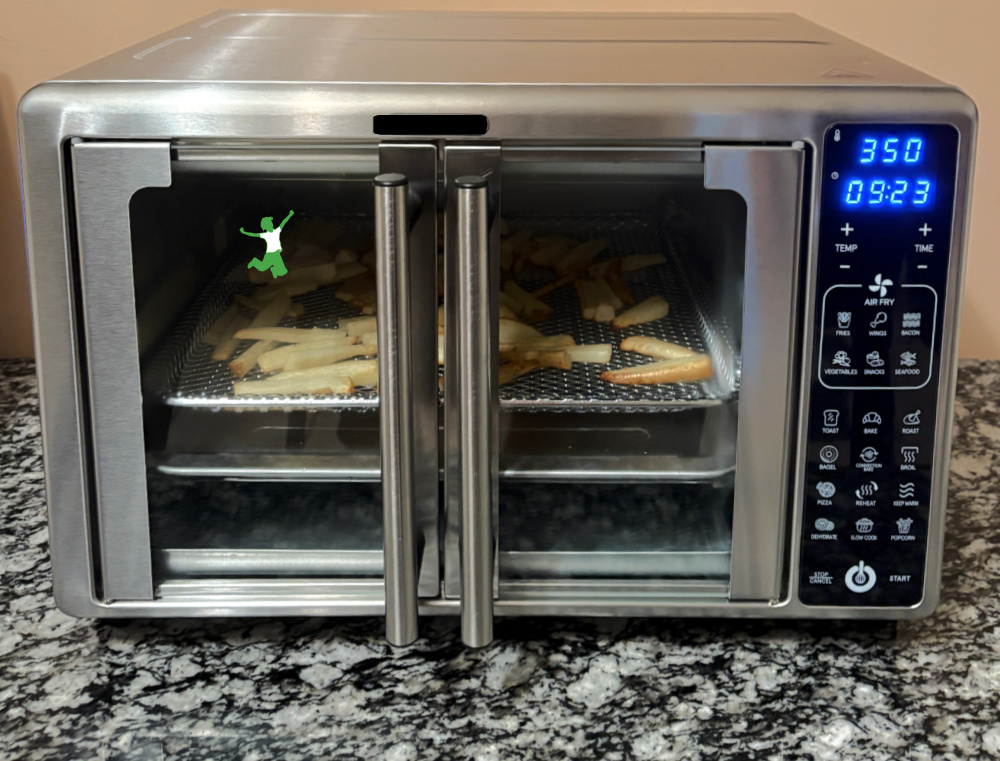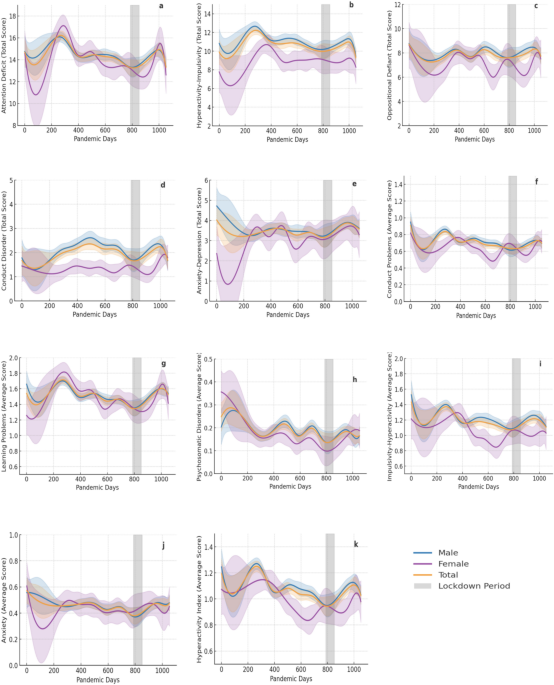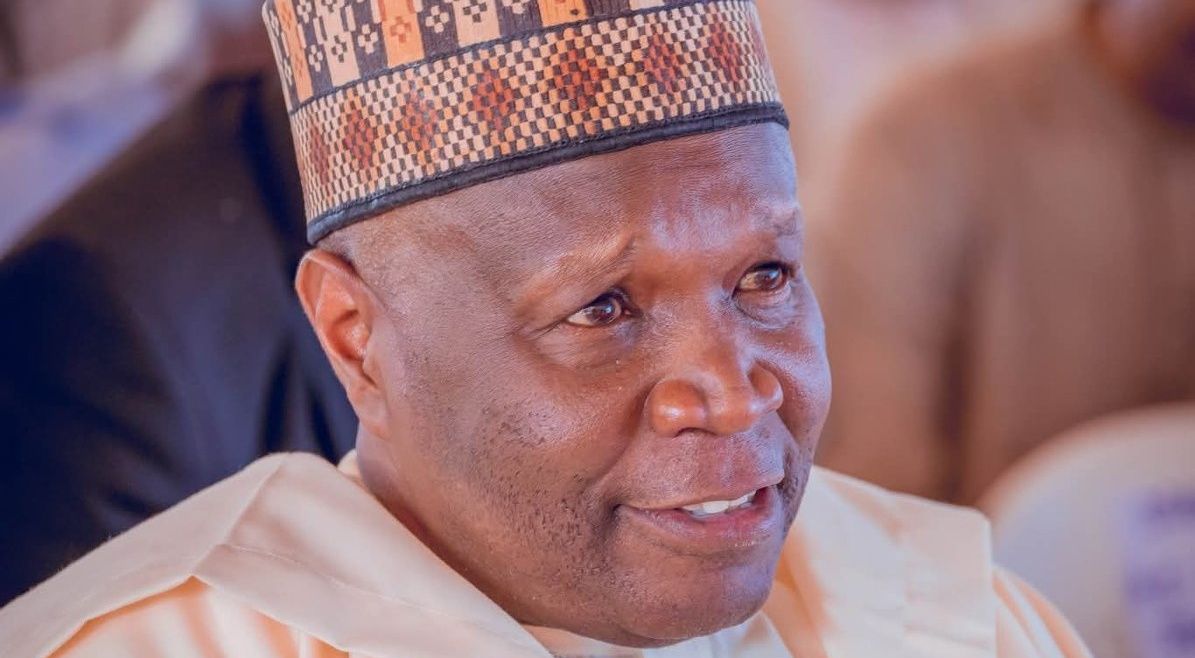Evaluating the Educational Impact of VR-Based Learning Tools
Is the traditional classroom keeping up with the way students learn today?
Chalkboards and textbooks still have their place. But let’s face it—students today are digital natives. They’re growing up with smartphones, social media, and instant access to information.
So, how do we capture their attention in school? How do we help them understand complex subjects like chemistry and physics?
One answer is already making waves: .
This isn’t just a flashy tech gimmick. It’s a powerful tool that’s changing the way students learn. It’s interactive. It’s immersive. And most importantly, it works.
Let’s explore how VR is reshaping education, what makes it so effective, and why it’s becoming the future of learning.
Here’s the thing—learning works better when students are actively involved.
We remember more when we do, not just when we listen. That’s where VR shines.
With VR in education, students aren’t just watching a lesson. They’re inside it. They can explore atoms, mix chemicals, or see magnetic fields—without ever leaving the classroom.
Imagine this:
Sounds like science fiction, right? It’s not. It’s already happening.
Platforms like Futuclass are leading the charge, making virtual reality in education accessible, safe, and effective.

Let’s break it down. Why does VR work so well in classrooms?
It taps into how our brains prefer to learn. Traditional methods rely heavily on passive learning—reading or listening. But VR is different. It creates active learning experiences.
Here’s how:
Hard-to-grasp topics like molecular bonds or magnetic fields become visual and interactive.
Because students are “doing” rather than just observing, they remember the lessons longer.
Students enjoy using VR tools. They stay engaged, and that fuels deeper learning.
In short, VR turns difficult subjects into unforgettable adventures.
Let’s talk specifics. Where is VR making the biggest impact?
Chemistry labs are expensive, messy, and—let’s be honest—a little dangerous.
With , students can safely conduct experiments. They mix, measure, and observe reactions in a virtual lab. No cleanup. No safety gear. Just pure exploration.
Moreover, they can repeat experiments as many times as they need. Which means deeper understanding and better grades.
Physics isn’t just formulas. It’s motion. It’s energy. It’s force in action.
brings that to life. Students see how gravity works. They explore kinetic energy. They even visualize magnetism.
And because they can interact with the concepts, it clicks faster. Instead of memorizing laws, they understand them.
Sure, science and math love VR. But it’s not limited to those. History classes can take students on virtual field trips to ancient cities.
Geography lessons can explore volcanoes or the ocean floors. Language learners can walk through a street market in Spain. In other words, VR in education isn’t a niche. It’s a full-spectrum solution.

Teachers were skeptical at first. Some thought it was just a fad. But after trying it, many changed their minds.
Why? Because they saw results:
One science teacher said, “It’s like flipping a switch. Once they put on the headset, they’re locked in.”
And it’s not just engagement. It’s comprehension. VR helps students understand, not just memorize.
You might be thinking—this all sounds great, but is it practical? Yes. And here’s why:
There’s no risk of injury, spills, or broken equipment. Virtual labs let students experiment freely without danger.
One VR headset can serve hundreds of students. And unlike physical labs, it doesn’t wear out.
VR tools like Futuclass are designed to be easy to use. Even schools without high-tech backgrounds can implement them.
Let’s not forget—students love it. They look forward to these lessons. That alone is a game changer.
So, how do we know it’s working? Educators and researchers are studying it. The early data is promising:
And most importantly, it closes gaps. Students who struggle with textbook learning often thrive with VR. That’s the kind of transformation education needs.
Of course, no tool is perfect. VR comes with its challenges:
These aren’t deal-breakers. They’re just bumps in the road to better learning.
There are a lot of VR education tools out there. But not all of them are created equal.
Here’s what sets Futuclass apart:
It’s built for schools. It’s tested by students. And it works.
So, where do we go from here? VR is not replacing teachers. It’s supporting them. It’s giving them better tools. And it’s giving students a better chance to learn.
In the next few years, we’ll likely see:
The bottom line? Virtual reality in education isn’t just the future. It’s the present. And it’s helping create smarter, more curious learners—one headset at a time.
Education has always evolved. From chalkboards to smartboards. From libraries to Google. Now it’s time for the next leap: immersive, interactive, VR-powered learning.
If you’re an educator, a parent, or even a student, this is your sign. Don’t wait for VR to become the norm. Start exploring now.
Check out how virtual reality in education is already transforming classrooms. Dive into chemistry VR. Explore the possibilities with physics VR.
Because once you see what’s possible? You won’t want to go back.
:max_bytes(150000):strip_icc()/Parents-MomLookingatComputerWithDaughter-1119969431f546699d7de62781f596d4.jpg)











